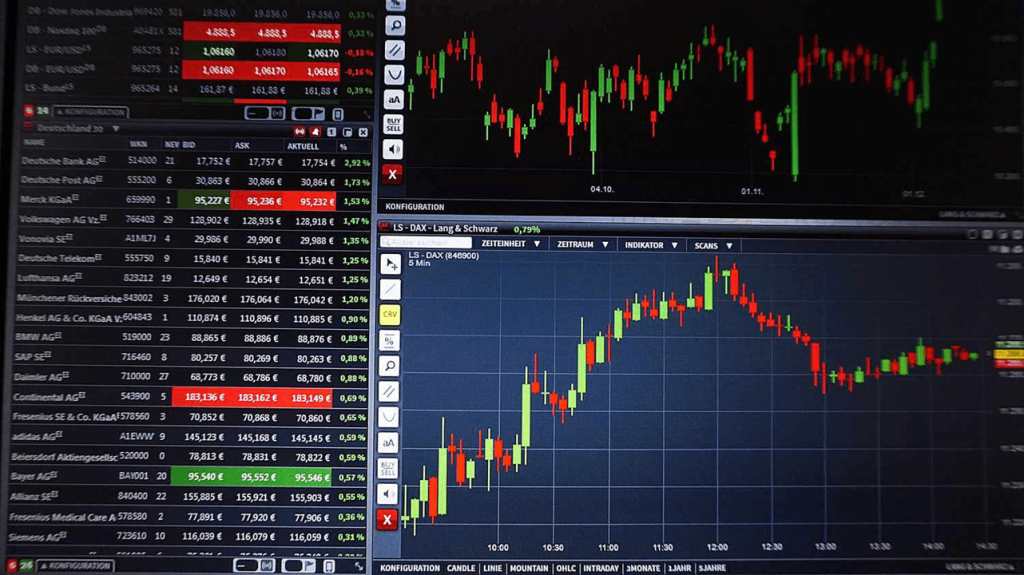Mastering Technical Analysis in Forex Trading: Tools and Techniques
Mastering Technical Analysis in Forex Trading: Tools and Techniques
Forex trading, also referred to as foreign exchange trading or currency trading, could be the international market place for getting and offering currencies. It operates 24 hours per day, five days a week, enabling traders to participate on the market from anywhere in the world. The principal purpose of forex trading is to benefit from variations in currency change costs by speculating on whether a currency set will increase or drop in value. Participants in the forex industry contain banks, financial institutions, corporations, governments, and specific traders.
One of the crucial options that come with forex trading is their large liquidity, and thus big volumes of currency are available and sold without considerably affecting exchange rates. That liquidity assures that traders may enter and leave roles quickly, permitting them to make the most of actually small cost movements. Furthermore, the forex market is highly accessible, with minimal barriers to access, enabling persons to begin trading with somewhat small levels of capital.
Forex trading provides a wide selection of currency pairs to business, including important couples such as EUR/USD, GBP/USD, and USD/JPY, in addition to minor and unique pairs. Each currency pair presents the trade rate between two currencies, with the first currency in the couple being the bottom currency and the 2nd currency being the quote currency. Traders may profit from both rising and slipping markets by using long (buy) or short (sell) jobs on currency pairs.
Effective forex trading takes a strong understanding of fundamental and specialized analysis. Basic analysis involves considering financial indicators, such as fascination rates, inflation charges, and GDP development, to gauge the main power of a country’s economy and its currency. Complex examination, on another hand, involves considering cost graphs and habits to recognize trends and potential trading opportunities.
Risk management can also be crucial in forex trading to guard against possible losses. Traders frequently use stop-loss purchases to restrict their disadvantage risk and employ appropriate position dimension to ensure not one trade can significantly influence their over all trading capital. Also, sustaining a disciplined trading strategy and preventing feelings such as for instance greed and concern are important for long-term success in forex trading.
With the development of technology, forex trading has are more available than ever before. On line trading systems and mobile programs offer traders with real-time access to the forex market, permitting them to perform trades, analyze market knowledge, and handle their portfolios from any device. Moreover, the option of instructional forex robot methods, including courses, webinars, and demo accounts, empowers traders to produce their abilities and boost their trading performance over time.

While forex trading presents substantial profit potential, in addition it bears natural risks, like the possibility of substantial losses. Therefore, it’s required for traders to conduct complete study, develop a sound trading strategy, and continually check industry conditions to produce informed trading decisions. By staying with disciplined risk administration methods and staying knowledgeable about international economic developments, traders may improve their likelihood of success in the active and ever-evolving forex market.

